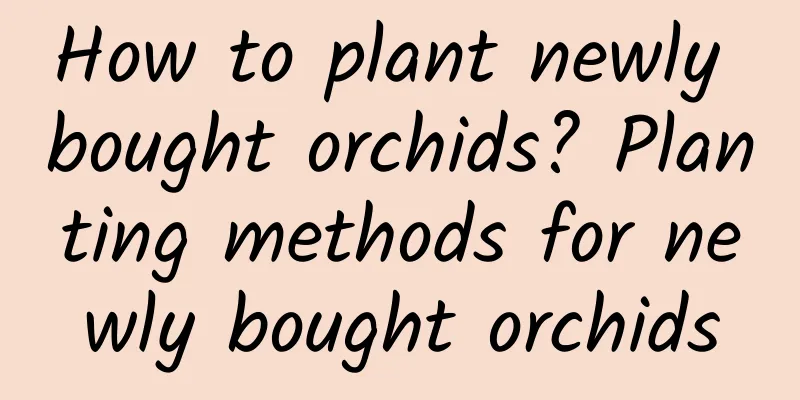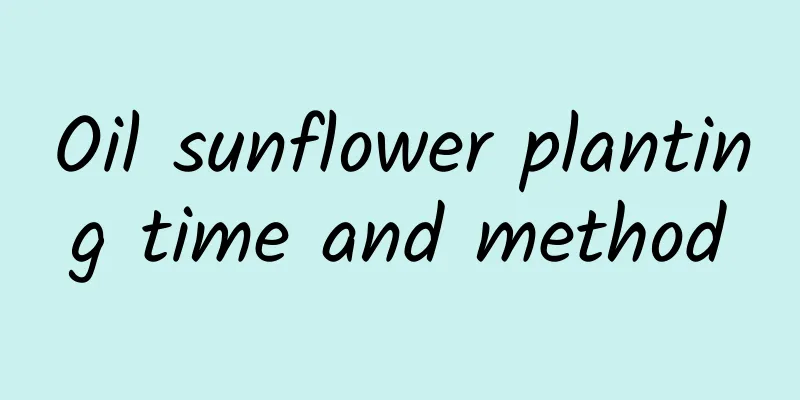Don’t throw away expired ointment! Use it to grow flowers, the leaves will be shiny and the flowers will bloom!

Erythromycin ointmentErythromycin ointment and eye ointment are available in almost every household. This small ointment, which costs only a few cents a tube, can be used to grow flowers, and the effect is very good! 1. Inhibit spot diseaseFoliage plants like green ivy will have many spots on their leaves after being infected with leaf spot disease. Apply erythromycin ointment on the diseased leaves, evenly on both sides, to kill germs and inhibit infection. 2. Wound sterilizationWhen flowers are moved and maintained, they are inevitably bumped and scratched accidentally. At this time, applying erythromycin on the wound can have a good bactericidal effect! Daktarin ointment1. Prevent and control root rotWhen flower lovers repot their flowers, they often accidentally damage the roots of the flowers. At this time, apply some Daknin on the root wounds, and then put them in the pot after drying them for a while, which can prevent the wounds from rotting and causing root rot. 2. Disinfection of black rot water for succulent plantsAfter beheading the succulent plant and digging out the black rot parts, you can apply a small amount of Daknin ointment on the wound, which can have a good bactericidal effect. In addition to these small ointments, some sterilized water can also be used to grow flowers! Hydrogen peroxide solution1. Increase the oxygen content of the hydroponic bottleAdd a small amount of hydrogen peroxide to the hydroponic bottle. The hydrogen peroxide will slowly release oxygen, increase the oxygen content in the hydroponic bottle, and promote plant growth. 2. SterilizationFlowers with fleshy roots like Clivia often suffer from root rot. After treating the root rot, if there is no professional disinfectant on hand, hydrogen peroxide can be used instead. Potassium permanganate solution1. Inhibit root rotWhen repotting flowers, potassium permanganate solution is the preferred sterilization solution for many flower lovers. Soak the flowers for about 30 minutes, then take them out, dry them and put them in pots, which can effectively prevent root rot! 2. Disinfection of flower soilAfter diluting potassium permanganate with boiling water, soak the flower pot with soil in the potassium permanganate solution. After the water cools down, take out the flower pot and rinse off the residue with clean water. The flower soil is now disinfected! Calcium TabletsCactus requires a certain amount of calcium fertilizer to grow, and some of the fertilizer usually contains a certain amount of phosphorus. You can crush the calcium tablets and mix them in the flower soil or directly add water to water the flowers. Don’t throw away expired medicines at home! Do you flower lovers have any exclusive secret recipes for using medicine? Welcome to leave a message and share with everyone~ |
<<: Chlorophytum types and names pictures
>>: The breeding methods and precautions of Yemen iron
Recommend
How to trim daffodil leaves
1. Can this flower be pruned? In fact, daffodils ...
Disease and insect pest control of Lipia orchid
Sheath Rust Leaves infected with this disease usu...
How long does it take for cabbage to germinate? How long does it take for the seeds to be soaked before they can be sown?
How long does it take for cabbage to germinate? H...
How to water Trachelospermum variegatum
Living habits: Variegated ivy is a very strong gr...
Can Vinca be hydroponically cultivated? Hydroponics cutting method
Can Vinca be hydroponically cultivated? Vinca can...
How to grow lucky bamboo well?
With its lush green leaves and lush branches, luc...
How to propagate Ophiopogon japonicus
Division propagation of Ophiopogon japonicus Divi...
Why does the big-leafed green radish need a pillar? How to water the brown pillar?
1. Reasons There is a pillar in the middle of the...
Breeding methods and precautions of Jade
How to cultivate jade soil To grow jade plants, y...
Diseases and Pests of Taxus and Their Control
Diseases of yew During the growth process, yew ma...
Is the peony a peony?
Peony The peony is also called the purse flower. ...
How to grow a fortune tree
1. Breeding conditions 1. Soil: This plant prefer...
Which month has the highest survival rate for rose cuttings (when can rose cuttings survive?)
The most commonly used methods for rose propagati...
Does creeper have seeds? What is the price of creeper seeds?
1. Does Parthenocissus tricuspidata have seeds? I...
How to water white orchids
Tips before watering The roots of white jasmine a...









